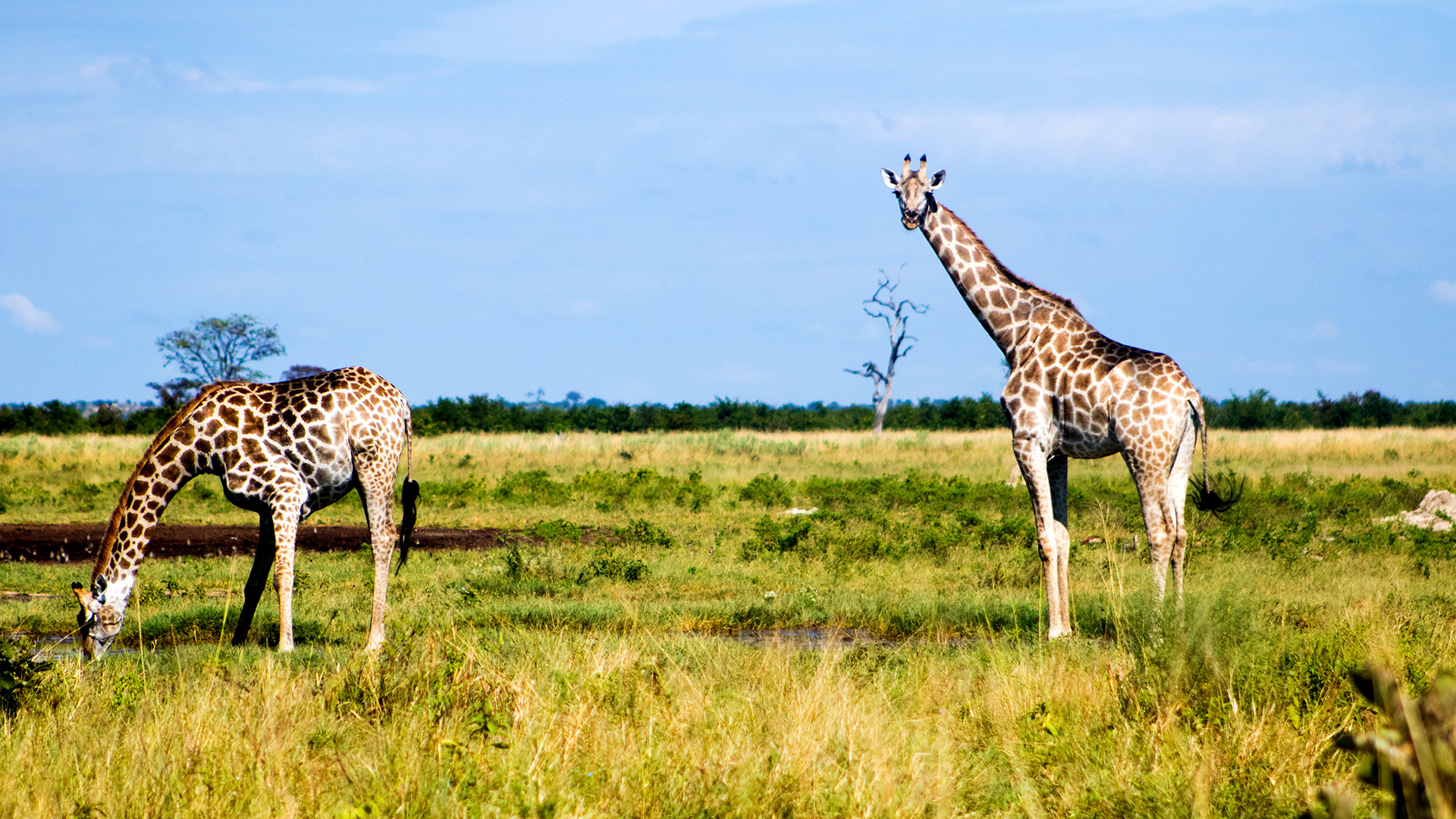
The UNESCO sites, wild safaris, and luxury treetop hotels of Botswana
Mindful travelers are increasingly looking for off-grid escapes that offer restorative experiences to them and their environment. And one country working to fulfil this wanderlust is Botswana. With its historic landscapes, water safaris, and treetop lodges, the Southern African nation is a global hotspot for ecotourism.
Travelers’ first port of call
Considered the tourism capital of Botswana due to its proximity to native wildlife and wilderness activities, Maun is the first stop for many adventure seekers. Even with its landlocked location and remote surroundings, it has all the international connections global travelers need. An indirect flight via Johannesburg will have you in Maun in 18 hours from Singapore’s Changi Airport, 15 hours from London’s Heathrow, or just 12 hours from Qatar’s Hamad International.
As more people realize the accessibility of Botswana, the synergy between its modern amenities and natural ecosystem is having to work harder than ever. But, not without the support of the government, local communities, and businesses. They want to ensure the country’s growing tourism industry doesn’t come at the cost of nature, but to the benefit of it – which is why ecotourism now exists at the heart of Botswana.

Protecting a natural heritage
This national commitment aims to preserve the ecosystem and boost local economies while giving visitors a privileged look at one of the most beautiful natural environments in the world. Already, the Ecotourism Certification System has been implemented to encourage responsible environmental and social behavior from tourism providers. And 29% of Botswana’s land has been placed under protection, including two UNESCO World Heritage Sites.
Okavango Delta: The jewel of the Kalahari
On the northern fringes of Maun lies the Okavango Delta, a wetland system that is recognized globally as one of the largest inland deltas, and locally as the jewel of the Kalahari Desert. Instead of draining into the sea, the regional river spills across 15,000 km2 of grassy plains to create a network of crystal-clear water channels.
This natural phenomenon occurs during the driest months of the year (May-August), which is why the Delta attracts a diverse array of native plants and endangered animals. Whether travelling on a canoe-like mokoro, four-wheel drive or on foot, tourists can expect to see zebra wading through the tranquil waterways, wild dogs stalking across the vast grasslands, and prides of lions relaxing under the shade of the scattered mopane trees.
Protected by Botswana’s sustainable development goals, the Delta is a truly exclusive and eco-friendly safari destination – which remains true for the experiences on offer. Tour operators are held to a higher standard, providing responsible ways for tourists to explore the area’s rich wilderness without leaving a lasting footprint.

Tsodilo Hills: Louvre of the desert
North of the Delta, a five- or six-hour drive from Maun, stands one of the highest concentrations of rock art in the world, known as the Tsodilo Hills. Roughly 4,500 paintings are preserved in an area of just 10 km2, exhibiting human activity over an incredible 100,000 years.
Guided by native San bushmen, visitors can choose from one of four trails. The Rhino Trail begins with an ascent to the peak of the hills where signs of sharpened spearheads are engraved into the stone. It continues past the Tree of True Knowledge, which is a reminder of the spiritual significance of this hostile environment, and it ends with a mural of painted giraffes, antelopes, and dancing figures.
The Tsodilo Hills boast an unimaginable vastness, yet the San people know every imprint that has been left thanks to their ancestral connection with the land. Their unrivalled knowledge is one of the reasons tourists are drawn to this region and they, in turn, are the reason San traditions and economies continue to thrive.

Luxury with a higher purpose
In line with the Ecotourism Certification System, many of the stays that occupy Botswana’s World Heritage Sites are built on the foundations of a higher, environmental purpose. They believe in maximum appeal with minimum impact, which is why they pride themselves on luxury hospitality in a sustainable environment.
Jao Camp: Amidst the Delta’s numerous luxury campsites is Jao, a collection of solar-powered lodges that were constructed using recycled materials. Nestled amongst the treetops, they provide the perfect platform from which to dine above a hippo-filled lagoon and watch a herd of grazing impalas against a pink-tinged horizon.
Xigera Safari Lodge: Made from locally sourced materials, powered by renewable energy, and committed to zero-plastic usage, Xigera Safari Lodge lives and breathes sustainability. So much so, it has partnered with the Botswana-registered not-for-profit organization, Wild Entrust Africa, to help conserve wildlife through applied science, education, and sustainable development.
What sets Botswana apart is its dedication to preserving the integrity of what defines it as a country for future generations. The opportunity to witness iconic species in their natural habitats or to set up camp in an area of outstanding beauty should be as available for them as it is for travelers now. And thanks to Botswana’s long-standing principles of sustainability, it will be.

